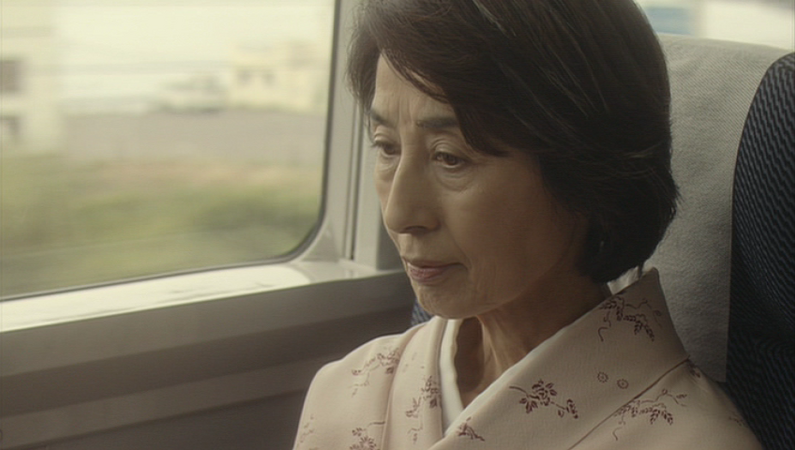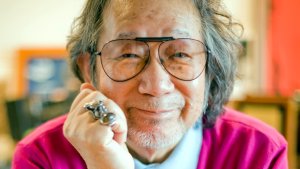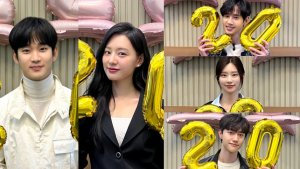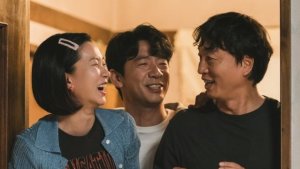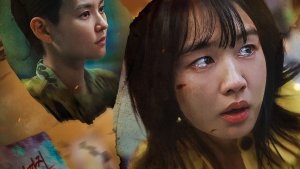 Cat-Loving Haruki Murakami and the Abundance of Movie Adaptations
Cat-Loving Haruki Murakami and the Abundance of Movie Adaptations
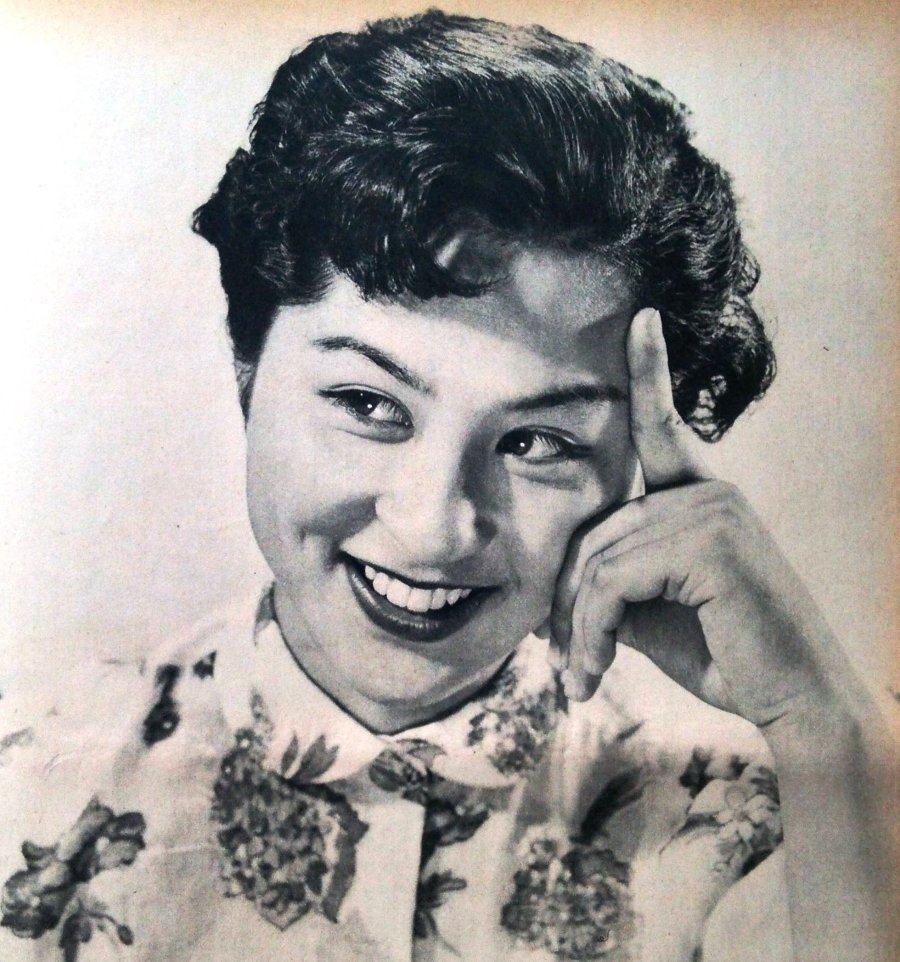
Avid J-dramas viewers will probably recognize her from numerous appearances as an ordinary obaachan, but 88-year-old Kyoko Kagawa is, in fact, one of the few living representatives of the last generation of classic Japanese performers. She worked under the guidance of such giants as Yasujiro Ozu, Akira Kurosawa, Kenji Mizoguchi, and Mikio Naruse. She portrayed both damsels in distress as well as valiant heroines. On top of that, she played Toshiro Mifune’s onscreen wife/love interest at least a dozen times. My fellow MDL’ers. I present to you the actress, the lady, the legend… Kyoko Kagawa.
I suspect that the first time I saw Kyoko Kagawa on the screen was while watching Tokyo Story (1953); however, she caught my attention with her performance in High and Low (1963). Having seen her alongside Toshiro Mifune in many other productions, even outside of Kurosawa’s filmography, I finally decided to dig deeper into Kagawa’s extensive career and write the ultra fan’s guide. Needless to say, I tried to track down and watch as many movies and dramas with Kyoko as possible, but it was a challenging task. In consequence, allow me to organize the article in the following manner: 1) outline of Kyoko Kagawa’s career; 2) my personal recommendations of movies and dramas with her. Without further due, let’s start.
Personal Details |
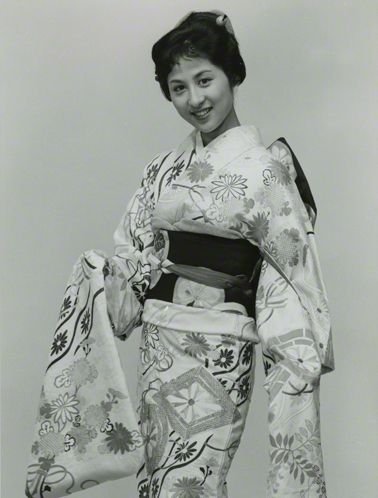 |
|
Early Life and Career |
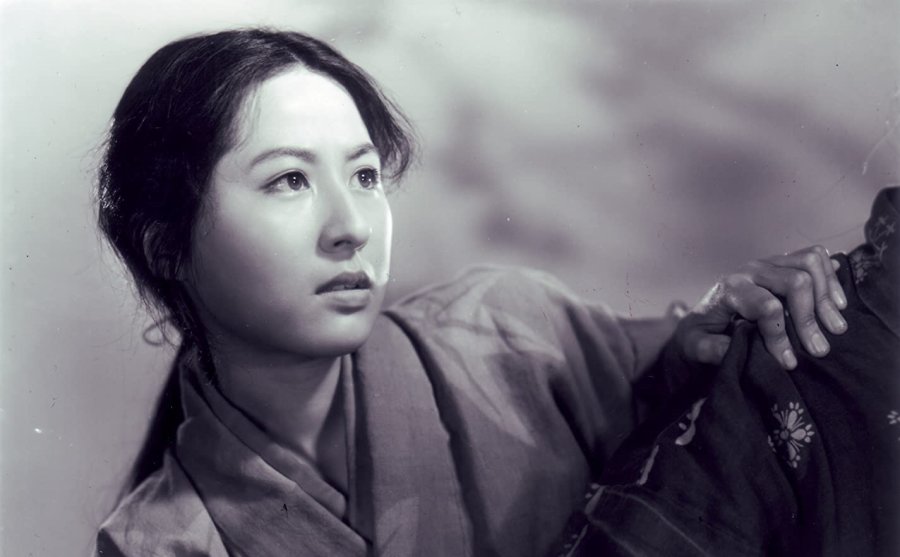
Kyoko Kagawa was born in 1931 in the city of Aso, but her family had to move out soon after Kyoko’s birth due to her father’s work obligations. Kyoko spent childhood years in Ashiya (Hyogo Prefecture), but due to the outbreak of the Second World War, she was evacuated back to Ibaraki Prefecture to avoid air raids. In 1945, she arrived in Tokyo.
Young Kyoko was initially torn between studying English and practicing to become a ballerina, but the instructors told her that she was too old to pursue the latter activity. It was when Kyoko saw a “New Face Competition” advertisement that she decided to pursue a career in acting. Although she had an arranged job interview at a company, with her mother’s blessing, Kyoko entered the competition and won! (Coincidentally, Toshiro Mifune also took part in a similar contest).
Shintoho Studios quickly took Kyoko under their wings, and she had her first acting debut in the 1950 production Tokyo Heroine. It was three years later when she had a big break when appearing alongside the amazing Setsuko Hara in Yasujiro Ozu’s immortal Tokyo Story. Kagawa recalls about the film: “More than 50 years have passed already since Tokyo Monogatari was shot, but I remember it as if it was only quite recently. I became an actress because Miss Hara Setsuko was the star I adore most. So I was very impressed for I was blessed to be with Miss Hara in this movie. I will never lose my great gratitude to and respect for Mr. Ozu” (source).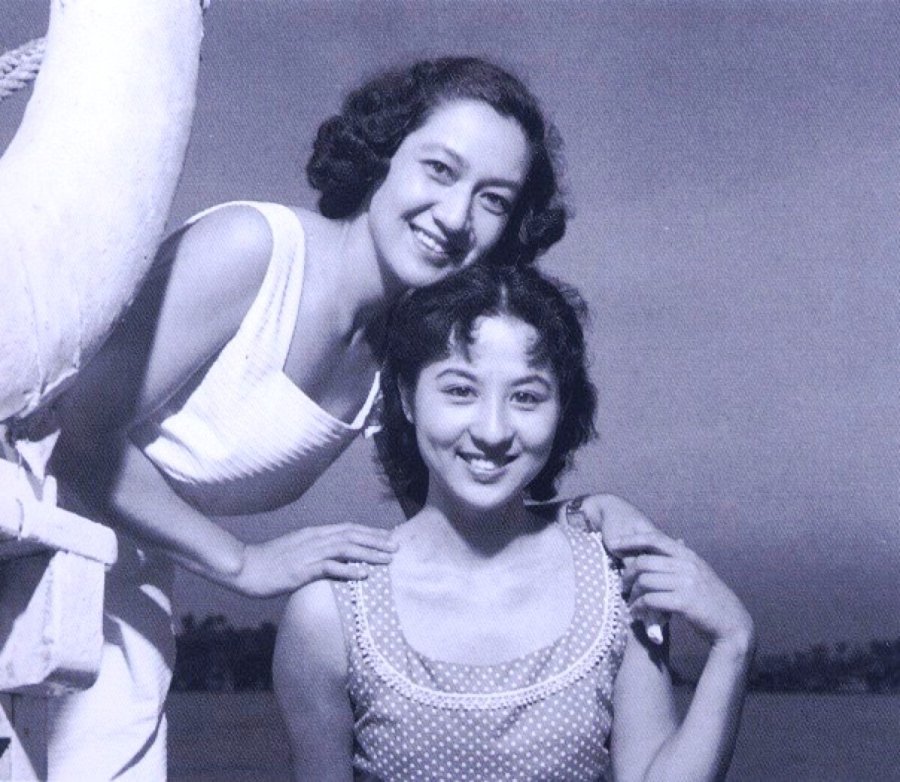
New acting offers started pouring in, and Kyoko’s next grand projects were Kenji Mizoguchi’s Sansho the Bailiff (1954) and The Crucified Lovers (1954). In both movies, Kyoko provided unforgettable portrayals of women facing extreme circumstances. To date, these two motion pictures are constantly analyzed by the film experts. In 1956, Kyoko appeared alongside Setsuko Hara again in Mikio Naruse’s Sudden Rain (1956), a subtle drama about marital issues. A year later, Kyoko starred in Kenji Mizoguchi’s final project, An Osaka Story (1957) (co-directed with Yoshimura Kozaburo because Mizoguchi passed away during the production).
As Kurosawa’s Regular |
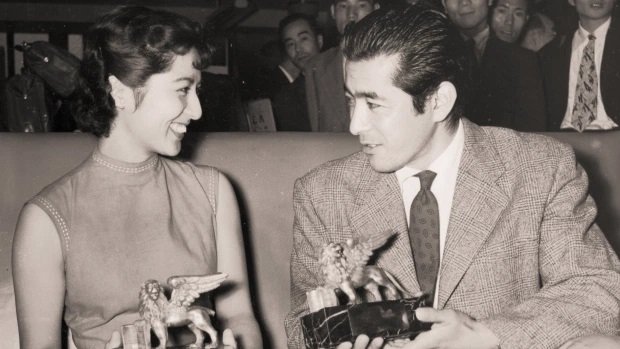
In 1957, Kyoko appeared for the first time in a Kurosawa movie, The Lower Depths. The director intended to gather Japan’s top performers at that time for this theatre-like project. Kagawa provides a mesmerizing performance of an abused woman who tries to understand the ruthless thief figure (played by Toshiro Mifune). After The Lower Depths, Kagawa went on to appear in supporting parts in four other Kurosawa films. I especially appreciate her appearances in The Bad Sleep Well (1960) and High and Low (1963). As Kagawa herself recalls, Kurosawa never directly praised her diligence on the set: [From An Audience with Kyoko Kagawa article]
“She also recalled Kurosawa as being “tough” on veteran character actor Tatsuo Matsumura, who played Uchida, but also saying OK to his first take, which was rare for a director to do — and going to his dressing room afterward to compliment him. “He didn’t do that for me, though,” she added. “Mieko Harada told me that when she had a good take on ‘Ran’ (1985), Kurosawa would come over to her applauding. But he never did that sort of thing for me, from a long time back,” she said with a big, lilting laugh — and no discernible resentment” (source).
Break from Acting |
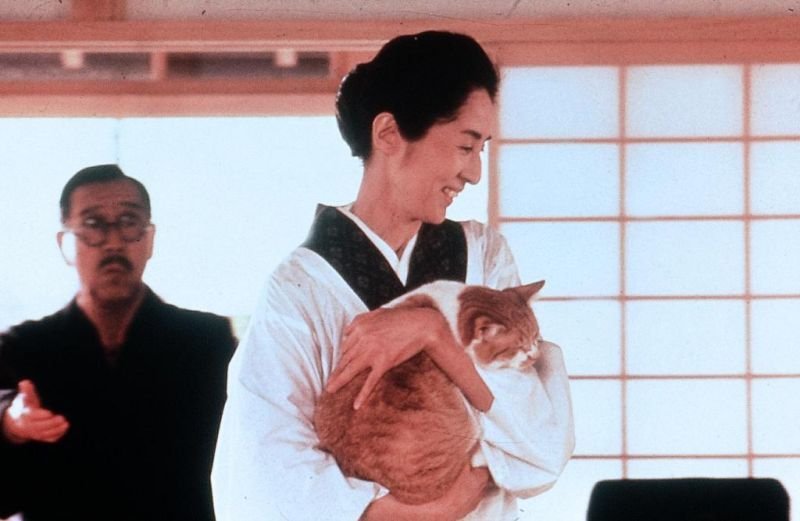
In 1965, Kyoko Kagawa stopped appearing in movies because she moved to New York together with her husband and their young child. Allegedly, she experienced the infamous Northeast blackout which was “significant disruption in the supply of electricity on Tuesday, November 9, 1965” (source).
Return to the Industry (From the 1970s to Present Day) |
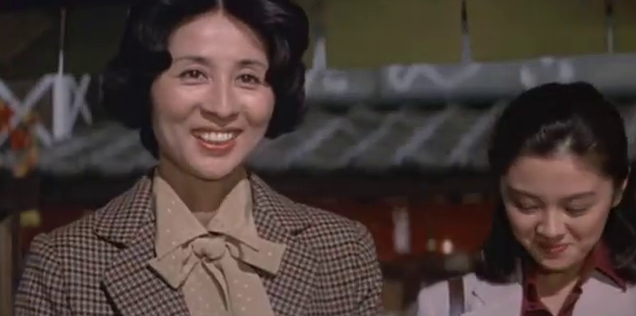 Three years later, Kyoko returned to Japan. In the 1970s, similarly to other popular actors of that time, she made a transition from cinema to television (dramas and commercials). However, she still accepted movie roles. For instance, she had a wonderful guest appearance in Tora-san 24: Dream of Spring (1979). The 1990s marked her final collaboration with Akira Kurosawa on the set of the film Madadayo (1993). Also, Kagawa had small parts in such movies as Shall We Dance? (1996) and After Life (1998). The latest productions in which we could see Kyoko in the leading role are Red Whale, White Snake (2006) [to date without English subtitles], and Tenshi no iru Toshokan (2017).
Three years later, Kyoko returned to Japan. In the 1970s, similarly to other popular actors of that time, she made a transition from cinema to television (dramas and commercials). However, she still accepted movie roles. For instance, she had a wonderful guest appearance in Tora-san 24: Dream of Spring (1979). The 1990s marked her final collaboration with Akira Kurosawa on the set of the film Madadayo (1993). Also, Kagawa had small parts in such movies as Shall We Dance? (1996) and After Life (1998). The latest productions in which we could see Kyoko in the leading role are Red Whale, White Snake (2006) [to date without English subtitles], and Tenshi no iru Toshokan (2017).
Into the Dramaland |

Kyoko has appeared in J-dramas regularly since the 1970s. The MDL database has a record of 8 dramas in which she starred (mainly in supporting roles). The latest (and most accessible) dramas with Kyoko are Silent Poor (2014) and Sagideka (2019). In Silent Poor, Kyoko portrays the character of a garbage hoarder who requires the help of social services; whereas, in Sagideka, she plays the grandmother of the main protagonist. I highly recommend checking both dramas just to see Kyoko. I liked Kyoko a tiny bit better in Silent Poor. The first episode of the drama is all about her character.
In Documentaries |
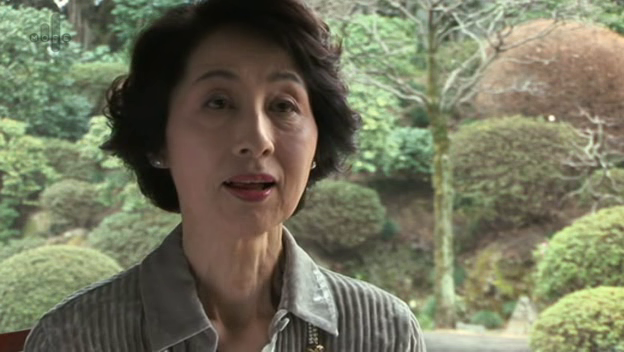
Kyoko’s appearances in documentaries are also worth mentioning. Namely, you can spot her in Kenji Mizoguchi: The Life of a Film Director in which she briefly expresses gratitude that Mizoguchi gave her a chance to play a married woman for the first time in her career. In addition, Mark Cousins also interviewed Kyoko in episode 3 of The Story of Film: An Odyssey series where she discusses working on Tokyo Story and The Crucified Lovers. Kyoko is also featured in Mifune: The Last Samurai where she recounts her experiences of working with the legendary actor. At the end of the documentary, she also reads a touching letter from Kurosawa to Mifune.
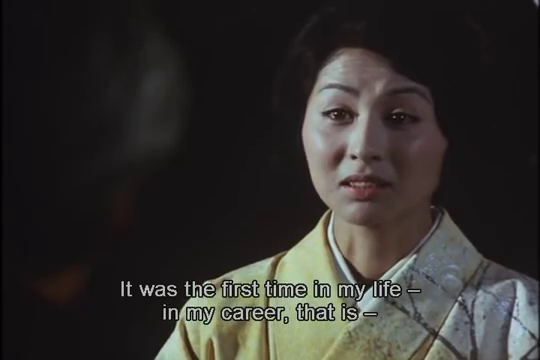 | 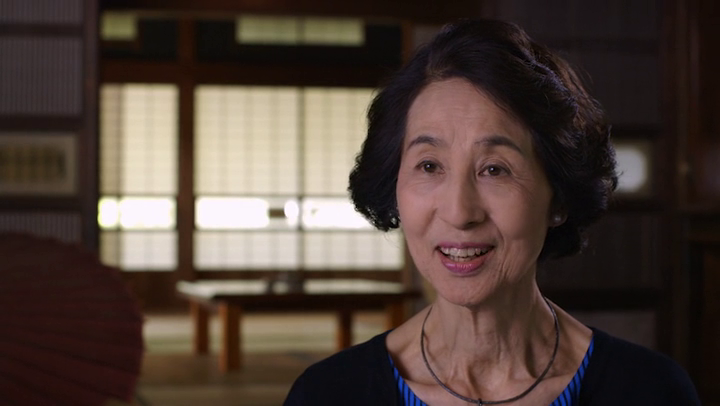 |
Personal Recommendations |
 | Sansho the Bailiff (1954): One of Kenji Mizoguchi’s best movies, at least in my opinion. Kyoko may not have an overwhelming amount of screen time, but she steals the show with her performance. The story is heartbreaking, but every J-movie enthusiast should see it! |
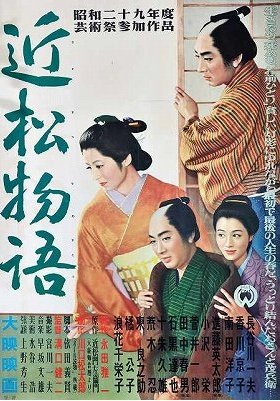 | The Crucified Lovers (1954): Kyoko Kagawa’s best performance ever. Period. Similarly to Sansho the Bailiff, The Crucified Lovers presents a simple, yet harrowing story of a love affair between the master’s wife and a servant. There have been other remakes of the 18th-century play which served as the source material, but this movie is the perfect adaptation. |
 | The Lower Depths (1957): Akira Kurosawa’s attempt at adapting a play by Maxim Gorky. The result is a top-notch, across-the-board film that equals the greatness of other theatre-turned-to-movie project Streetcar Named Desire (1951). Just take a look at this scene between Toshiro and Kyoko. |
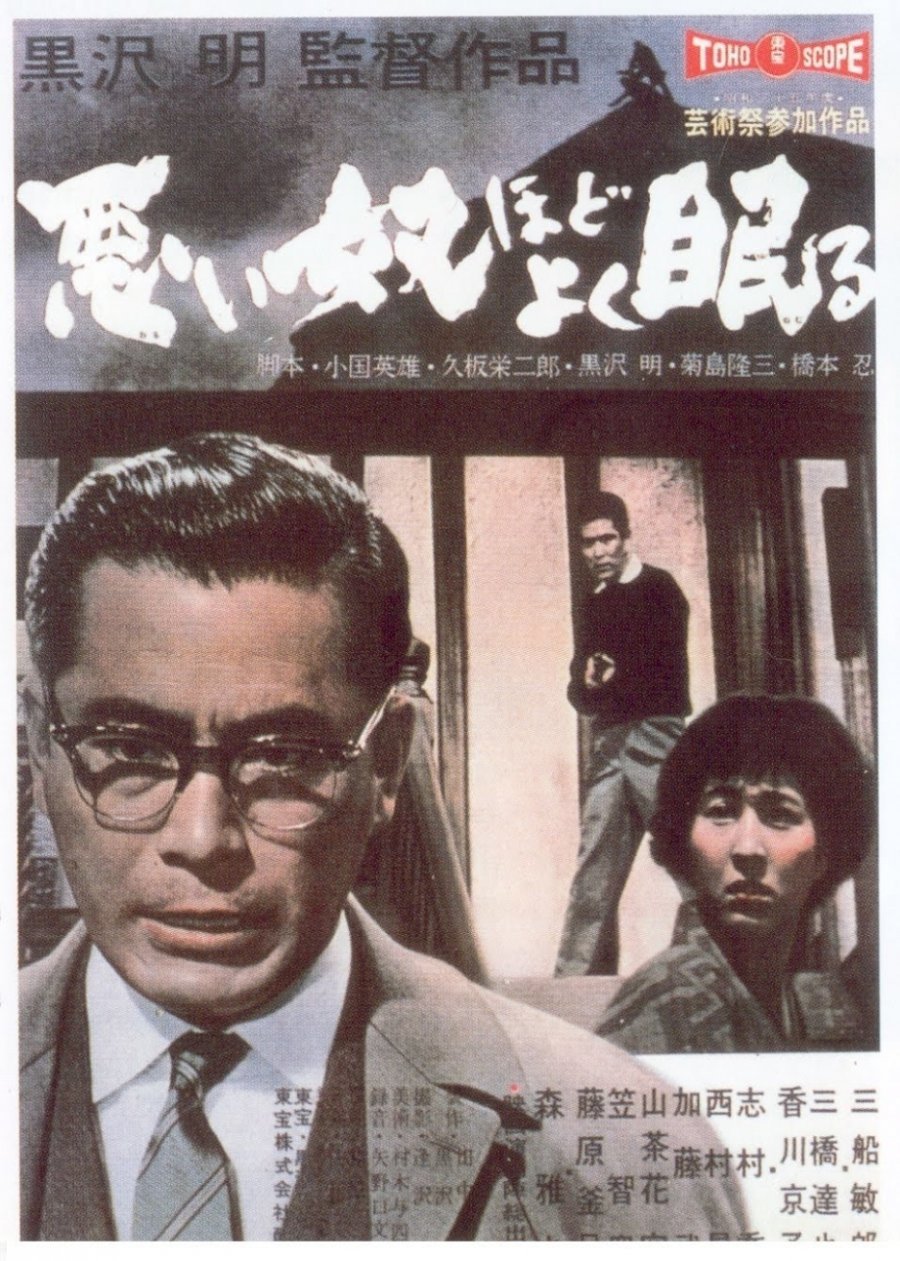 | The Bad Sleep Well (1960): Akira Kurosawa’s take on Hamlet play set in the corporate hell of industrial Japan. Toshiro Mifune plays the righteous entrepreneur who wants to get even on bad guys who drove his father to suicide. Kyoko Kagawa gives a compelling performance to his wife. The plot may be convoluted, but the film is still worth checking out. |
 | The Story of Osaka Castle (1961): This film may not be Hiroshi Inagaki’s best historical epic, but still, it is worth watching it just for Kagawa-Mifune vibes. The first act may be a bit slow, but from there on the action eventually picks up and Mifune saves Kagawa in distress. |
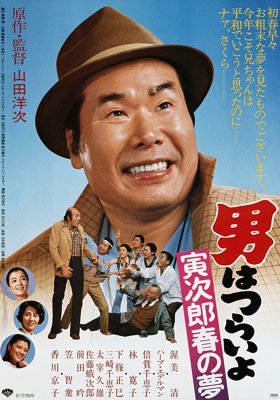 | Tora-san 24: Dream of Spring (1979): As the title suggests, the movie is the 24th entry in Yoji Yamada’s popular Otoko wa Tsurai yo (“It’s tough being a man”) series. In the film, Tora-san has to deal with an unexpected house guest who turns out to be an American peddler. At the same time, Tora-san falls hopelessly in love with the mother of an English teacher (played by Kyoko Kagawa). It is a joy to watch their interactions. |
Trivia |
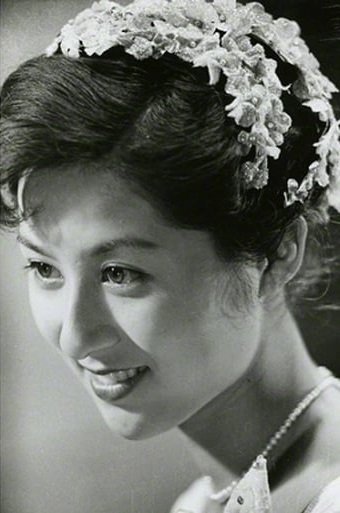 |
|
Well, I hope that with this (by no means exhaustive) guide, you were able to catch a glimpse of Kyoko Kagawa’s greatness. I wish her all the strength and health so that she could be with us for as long as possible. Let me end this article with a personal quote from Kagawa Kyoko-san:
For me, a director is always a director, even the young ones. So from the beginning, I tell them ‘Ask me anything, ask me to go anywhere…’
Sources: JapaneseWiki * AsianWiki *An Audience with Kyoko Kagawa *Kyoko Kagawa retrospective looks back at Japan’s golden age of cinema * Mifune: The Last Samurai Documentary (2016) * The Story of Film: An Odyssey (2011) Documentary * Kenji Mizoguchi: The Life of a Film Director (1975) Documentary * Encyclopedia.com * Famed Japanese Actress Kyoko Kagawa Celebrated at the Tokyo International Film Festival * Hara Setsuko Blog
Ebisuno92’s Previous Articles: * Feel the Power of Office Ladies: Shomuni Retrospective * “Watashi, Shippai Shinai No De!”: Daimon Michiko as the Ultimate Doctor-Hero (with ReikaBleu) * The Power of Transformation: Celebrating 45 Years of Super Sentai * “Come on over, Spiritual Phenomena!” TRICK, A Franchise Retrospective * From Best Korea with Love: An Introduction to North Korean Dramas & Movies (with Seonsaeng) * Cursed Cassettes, Countdowns, and Corpses: A SFW Guide to the Ring Series * Blast from the Past: Did Bayside Shakedown Destroy Japanese Cinema? * Weekend Recommendations: Father Knows Best * Godzilla’s on the Loose: 65 Years of Kaiju Rampage * An Ultra Fan’s Guide to Yeoh Michelle * Blast from the Past: A Guide to “Girls with Guns” Genre * Weekend Recommendations: Old School Movies * Ebisuno92’s Weekend Movie Picks * “Watashi, Shippai Shinai No De!”: Daimon Michiko as the Ultimate Doctor-Hero (with ReikaBleu)
So this was my retrospective look at the career of Kyoko Kagawa.
Have you seen her movies? Please share your thoughts in the comments.
As always, thank you for reading!
Edited by: Yuanwei (1st editor), BrightestStar (2nd editor)

